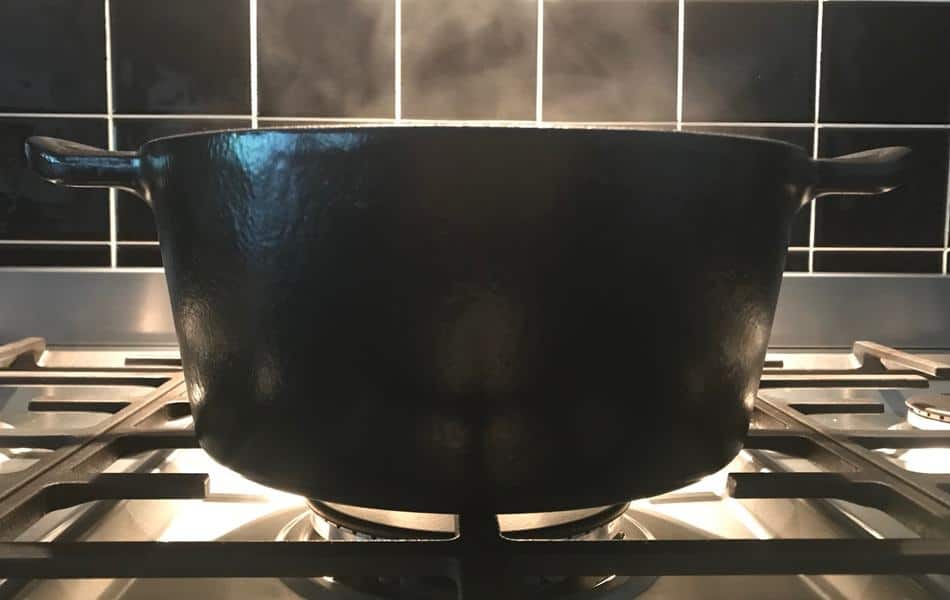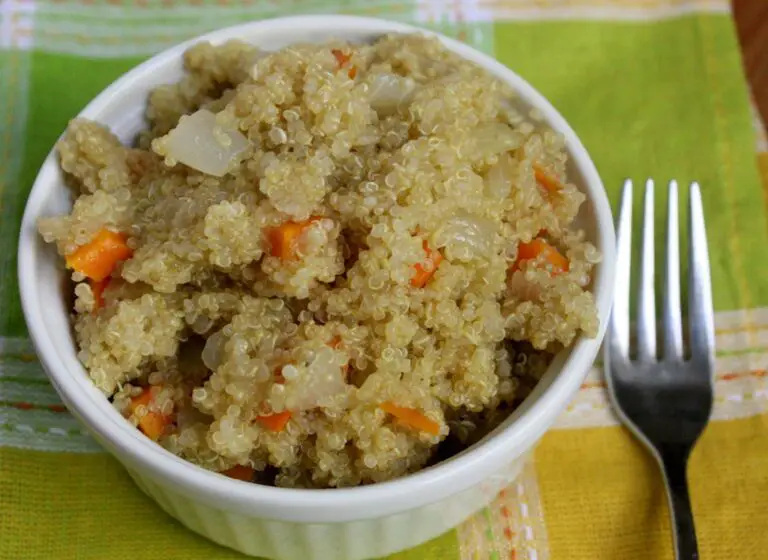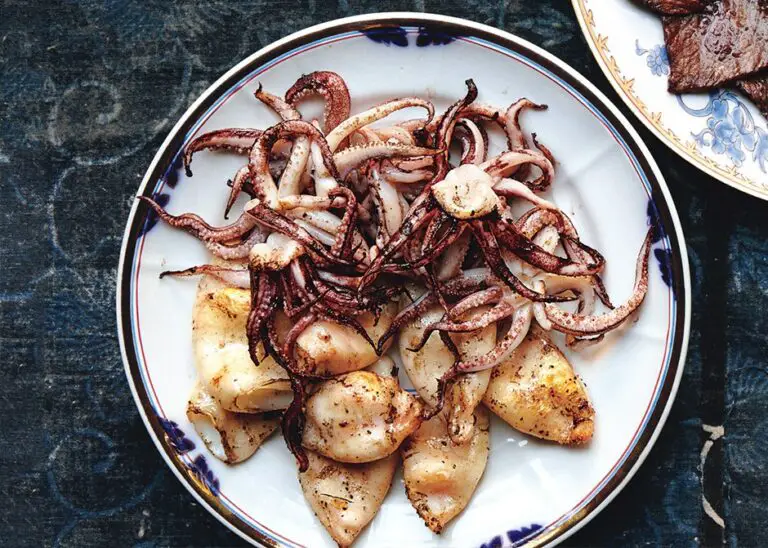Cooking utensils are essential not just for the preparation of meals, but also play a major role in determining the taste and quality of our food. Ceramic cookware has gained popularity recently for its eco-friendly nature and excellent cooking abilities. One question that often comes up is whether or not you can boil water in ceramic cookware. This article explores the possibility of using ceramic cookware to boil water, including its benefits, drawbacks, and best practices.
Understanding Ceramic Cookware
Ceramic cookware refers to any cooking utensil made entirely from clay-based materials. These materials are usually reinforced with glaze to maximize their functionality. Ceramic cookware serves as an alternative material to traditional non-stick pans because they are free from toxic chemicals like PFOA and PFAS.
The benefits of ceramic cookware include:
- Non-stick qualities
- Easy to clean
- Scratch-resistant surface
- Durable and long-lasting
However, there are also some drawbacks associated with ceramic cookware:
- Poor thermal conductivity compared to metal utensils.
- May crack if rapidly exposed to cold water or drops on hard surfaces.
- Requires careful handling; exposing it more than recommended may lead to chipping.
Properties of Ceramic Cookware Essential for Boiling Water
For boiling water using ceramic cookware, two essential properties make the process possible.
Conductivity properties
Copper-based materials offer excellent thermal conductivity which enables them to distribute heat evenly across the utensil when boiling. Unlike metals, ceramics retain heat even after removal from the stove due to their dense molecular structure.
Thermal shock resistance
Thermal shock resistance determines how well temperature changes occur without damaging a material. Ceramics have lower thermal expansion rates than materials like aluminum making them less prone to breaking down under rapid temperature changes; this property makes them ideal for use in boiling water applications.
Can Ceramic Cookware Be Used To Boil Water?
Ceramic cookware is safe and effective for boiling water. Ceramic cookware can be used to boil water, as long as you use the right type of ceramic cookware. Boiling water in glass, metal, silicone, plastic or ceramic all have their advantages and limitations. Specific examples of various utensils includes:
- Glass: fragile when exposed to sudden temperature changes.
- Metal: excellent heat conductor but should not be used with acidic foods like tomato sauce as it causes reactivity.
- Silicone: useful due to their light weight but takes a longer time to heat up than other materials.
- Plastic: these are best suited for cold foods and beverages
When boiling with ceramic cookware like a kettle or pot, ensure that it’s free from contaminants like dust or any porous substances before adding water. Also, avoid using baking soda or abrasive cleaners as they may scratch the surface.
Preparing Ceramic Cookware For Boiling Water
Cleaning the ceramic pot/kettle before boiling helps maintain its pristine condition and extend its lifespan. Start by washing your pot or kettle with warm water and soap then rinse it well allow it to dry adequately before using it again.
Inspect the cooking range area where you intend to place your ceramic cookware; check if there is any debris that could cause damage. If possible avoid placing your ceramics directly on a burner because this may lead to discoloration over time.
Techniques For Boiling Water With Ceramic Cookware
Different techniques can be employed when using ceramic cookware depending on size, shape, form as well as preferred method of preparation.
Stovetop boiling technique
Place the pot/kettle onto the stoveplate/heater and add an appropriate amount of water; about two-thirds full is recommended. Then turn up the stove’s angular knob and wait until it boils. The heating rate depends on whether a gas cooker or an electric one will take varying times.
Microwave boiling technique
Microwave ovens are an option in case you intend to boil small quantities of water. Always follow the manufacturer’s guidelines while microwaving your ceramic cookware; avoid using metallic or powdered glazes with ceramics that can cause electrical shorts leading to fire damage.
Factors That Affect Heat Distribution In Ceramic Cookware When Boiling Water
The rate at which heat distributes from a ceramic utensil is based on two factors, that is, the size and shape of the pot/kettle, as well as its position on the heating/ cooking surface. The heating range should be aligned within the kettle/pot diameter limits to enhance effective transfer without causing contact abrasion.
Frequently Asked Questions (FAQs)
Can I reheat my tea while it’s sitting in a ceramic mug?
Yes! However, you should refrain from placing cold cups directly into hot water or vice versa; this reduces stress-induced cracking.
Will my clay teapot break if I boil water in it?
Clay teapots have excellent thermal construction properties but are vulnerable when placed under rapid temperature changes; instead of submerging them directly into boiling water try pouring pre-boiled hot water onto the leaves in your teapot. This approach ensures tea steeps more evenly and helps preserve the life of your teapot over time while still getting pure tea flavor.
Is a ceramic kettle good for boiling water?
Ceramic kettles use their superior thermal insulation properties to keep boiled water hot for longer durations than metal kettles. These are perfect utensils for those who want to enjoy their hot beverage drinks at their own pace.
Conclusion
In conclusion, boiling water using Ceramic cookware is safe provided the right precautions are taken into consideration. Whether preparing hot teas or frying pan sauces, ceramic pieces perform marvelously due to their unique characteristics like even heating distribution and high thermal shock resistance levels. With proper care and use, ceramic utensils will maintain their pristine condition for years to come.
Q&A
Q1. Is it safe to boil water in ceramic cookware?
A: Yes, it is perfectly safe as long as the ceramic cookware is designed for stovetop use and can withstand high temperatures. However, some types of glazed ceramic cookware may contain lead or other harmful chemicals that can leach into your food. So, it’s essential to choose lead-free and FDA-approved ceramic cookware for boiling water.
Q2. Can you use ceramic teapots to boil water?
A: Generally, it’s not recommended to use ceramic teapots for boiling water on a stovetop because they are not designed to handle direct heat. The sudden change in temperature can cause the teapot to crack or even shatter, posing a safety hazard. Instead, you can use a kettle or a dedicated stovetop-safe ceramic pot for boiling water.
Q3. What precautions should I take when boiling water in ceramic cookware?
A: When using ceramic cookware for boiling water, make sure to fill the pot with enough water to prevent it from drying out and cracking. Also, avoid exposing the pot to sudden temperature changes by gradually increasing or decreasing the heat level. Lastly, always use oven mitts or potholders while handling hot ceramic cookware.
Q4. How do you clean ceramic cookware after boiling water?
A: It’s easy to clean ceramic cookware after boiling water; simply let it cool down completely before washing it with warm soapy water and a soft sponge or cloth. Avoid using abrasive cleaners or harsh scrubbers that can damage the delicate surface of the ceramics. Additionally, don’t stack the pots and pans on top of each other as they may scratch or chip one another.






